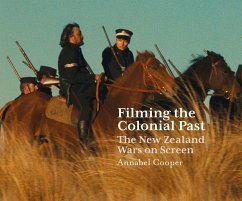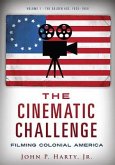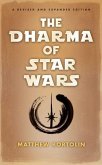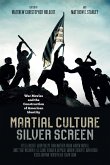The New Zealand Wars were defining events in the nations history. Filming the Colonial Past, an engaging new book from Annabel Cooper, tells a story of filmmakers fascination with these conflicts over the past 90 years. From silent screen to smartphone, and from Pakeha adventurers to young Maori songwriters, filmmakers have made and remade the stories of this most troubling past. When Rudall Hayward went to Rotorua, Whakatane and Te Awamutu to make his two versions of Rewis Last Stand (1925, 1940) and The Te Kooti Trail (1927), he quickly found that the tangata whenua he relied on for making his films would help to shape the stories. By the time of the renewed interest in the New Zealand Wars in the 1970s and early 80s, thinking about race, nation and empire was undergoing a sea-change. The makers of television drama (including The Governor) and independent film (Geoff Murphys Utu) set out actively to engage with Maori advisers and performers. In the late 1980s and 90s, screen industry deregulation brought a new set of challenges. Filming the Colonial Past shows how documentaries notably the New Zealand Wars series of 1998 and feature films Vincent Wards River Queen and Rain of the Children negotiated these hurdles. Meanwhile, Maori working on Pakeha-led productions honed their skills. Today, the growth of Maori creative control, enabled by the diminishing cost of digital media and the expansion of platforms, signals a new era. From these sources come documentaries from Maori perspectives and new ways of exploring the past, from music videos to online histories. Each of these productions is a snapshot of a complex cultural moment. In examining this history, Annabel Cooper illuminates a fascinating path of cultural change through successive generations of filmmakers.








